A common mechanism and a new categorization for anti-ganglioside antibody-mediated neuropathies.
Autor(es): Uncini Antonino
Resumo: Serum antibodies to different gangliosides have been identified in some Guillain-Barré (GBS) subtypes and variants. In the January issue of Experimental Neurology Susuki and colleagues (2012) showed that in experimental neuropathies associated with antibodies to GM1, GD1a and GD1b the common mechanism is a complement mediated dysfunction and disruption of the nodes of Ranvier which causes a pathophysiological continuum from early reversible conduction failure to axonal degeneration. These observations, correlated and integrated with electrophysiological and pathological findings in humans indicate that the GBS subtypes acute motor conduction block neuropathy, acute motor axonal neuropathy, acute motor and sensory neuropathy and acute sensory neuropathy and possibly also a chronic disorder as multifocal motor neuropathy represent a spectrum of the same immunopathologic process. Being the nodal axolemma and the paranode the focus of the nerve injury, these immune mediated neuropathies could be more properly classified as nodo-paranodopathies.
Imprenta: Experimental Neurology, v. 235, n. 2, p. 513-516, 2012
Identificador do Objeto Digital: 10.1016/j.expneurol.2012.03.023
Descritores: Guillain-Barre Syndrome - Biosynthesis ; Guillain-Barre Syndrome - Pathogenesis ; Guillain-Barre Syndrome - Proteins ; Guillain-Barre Syndrome - Antibodies ; Guillain-Barre Syndrome - Immunology
Data de Publicação: 2012








